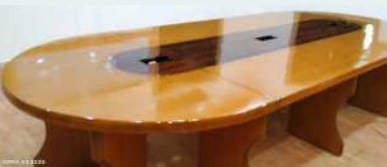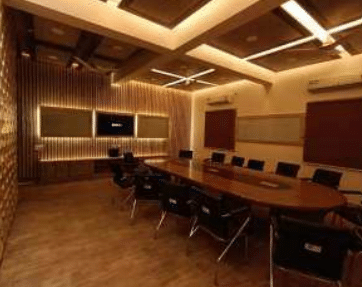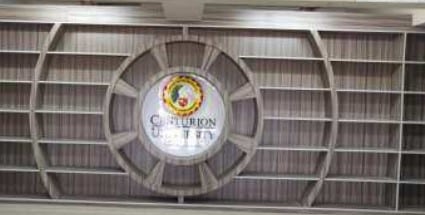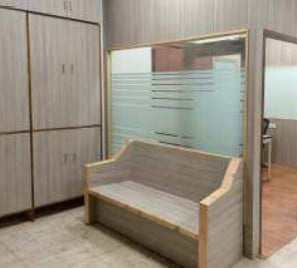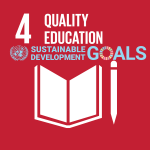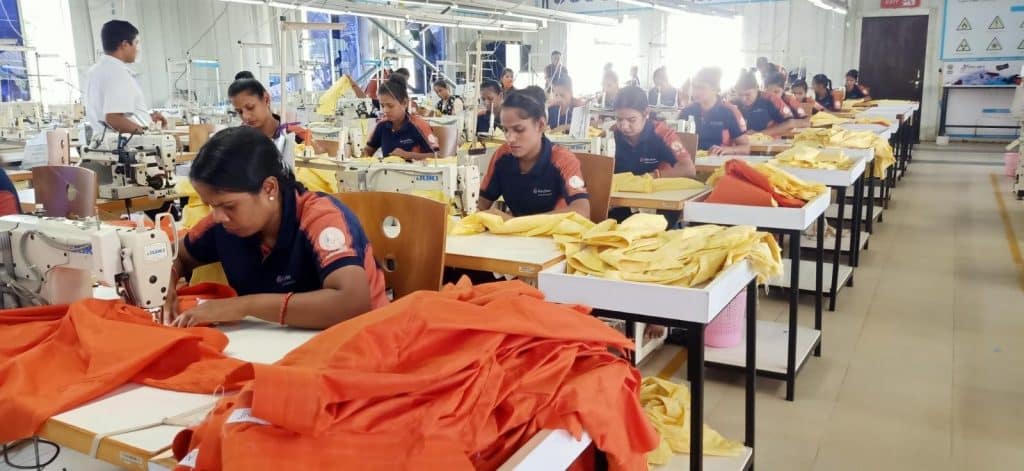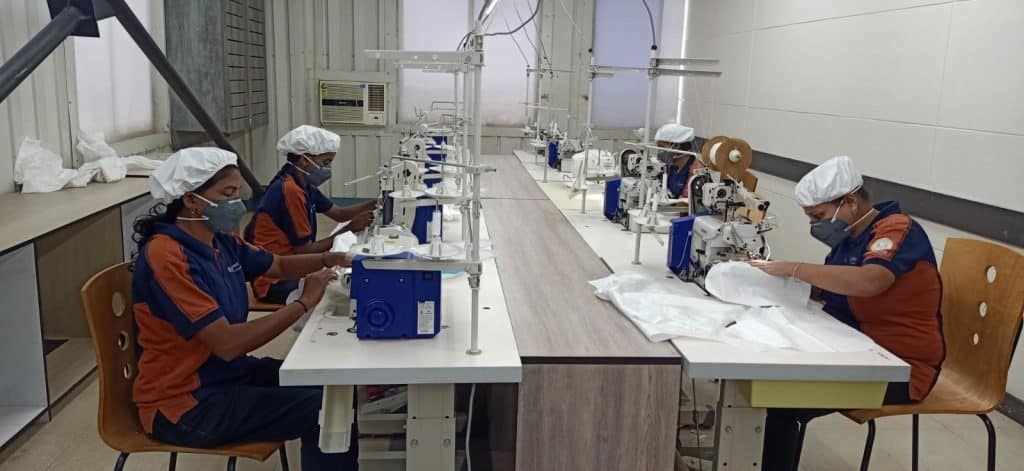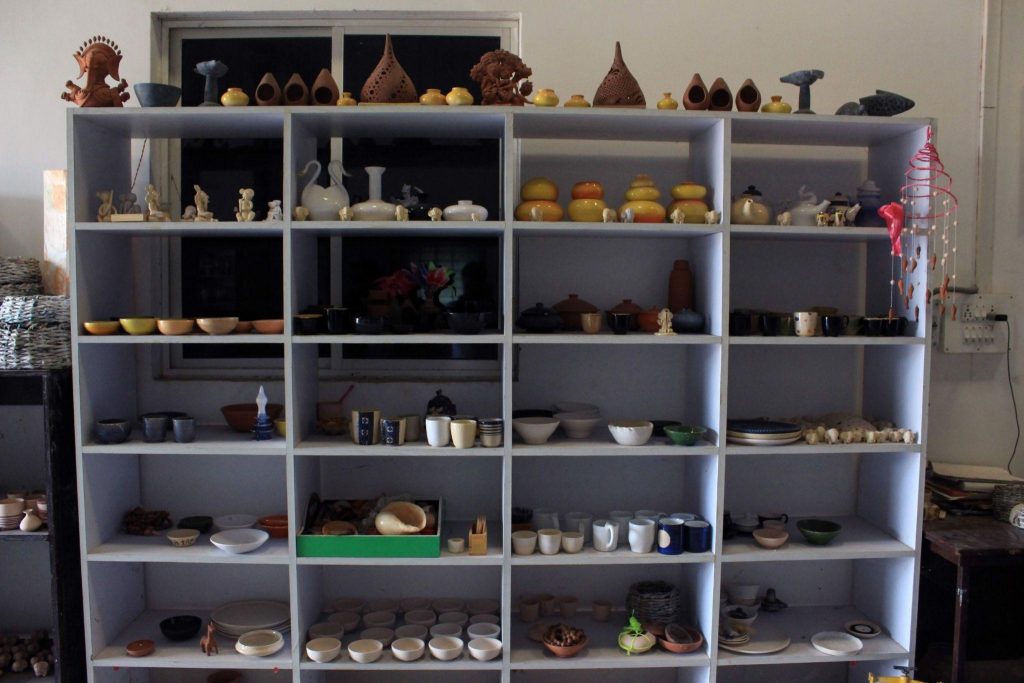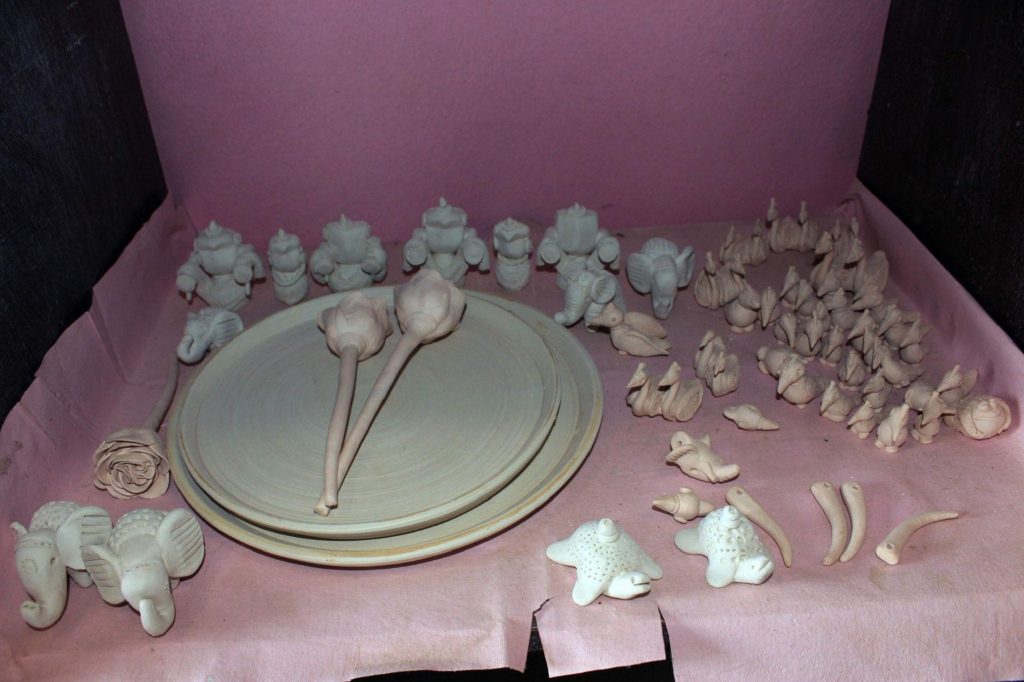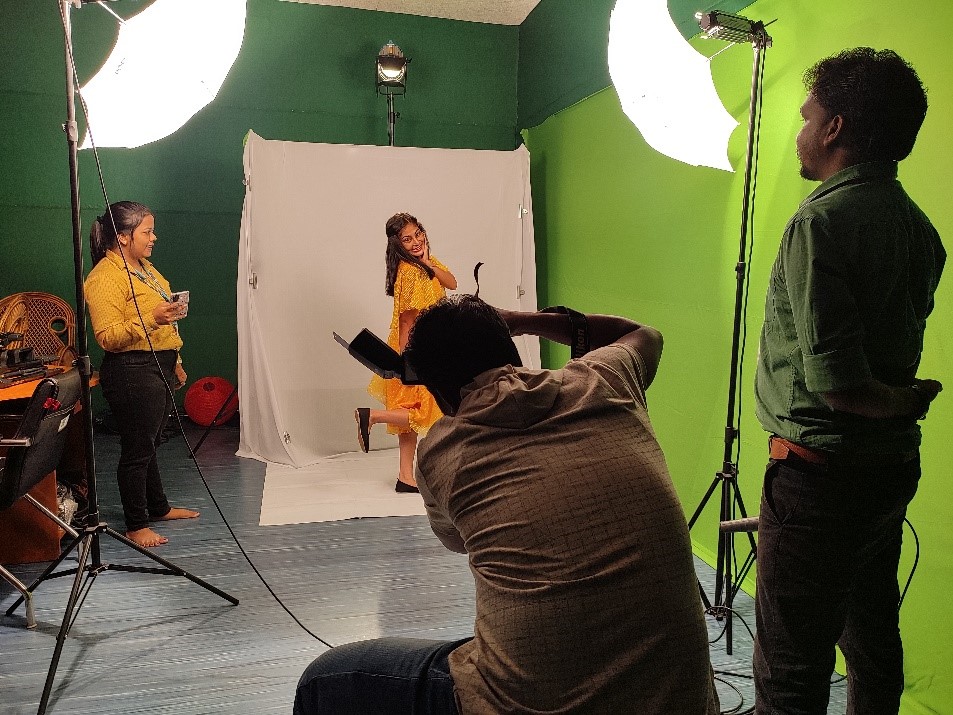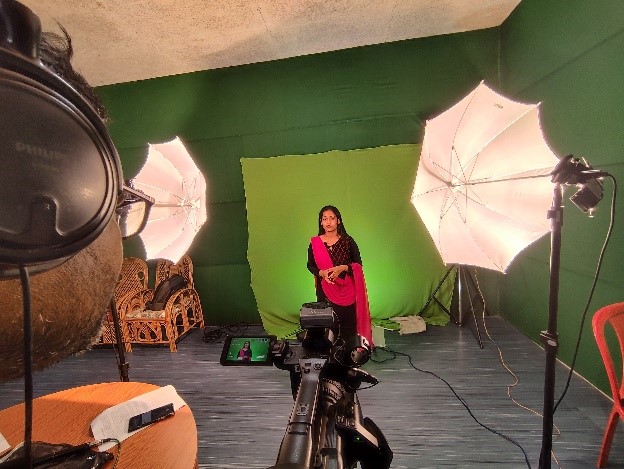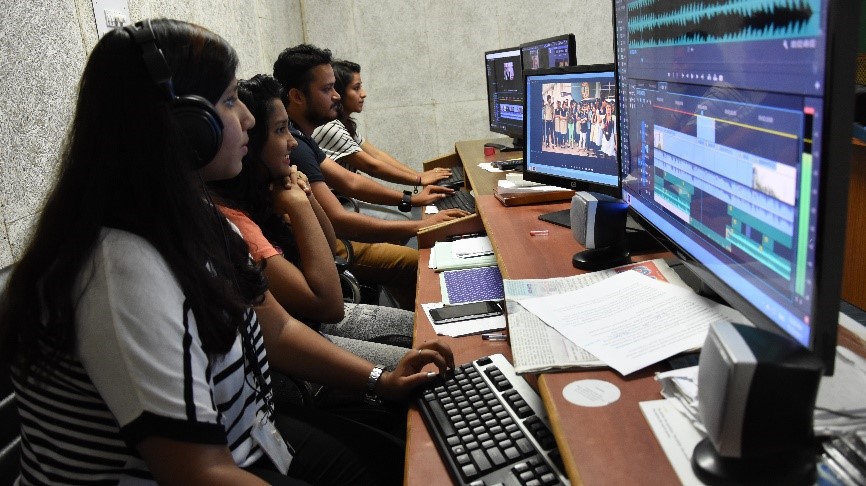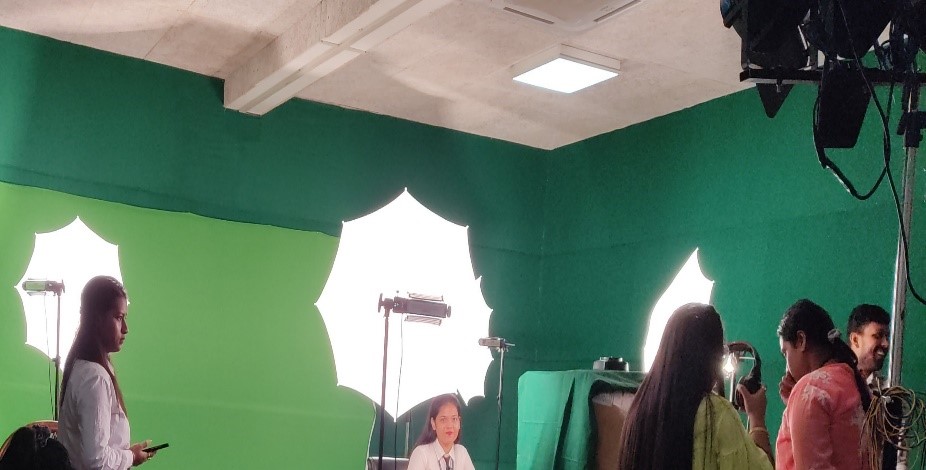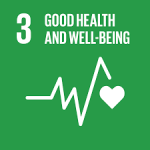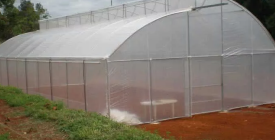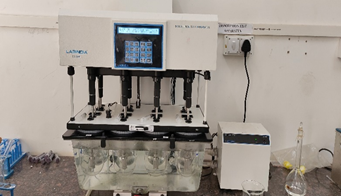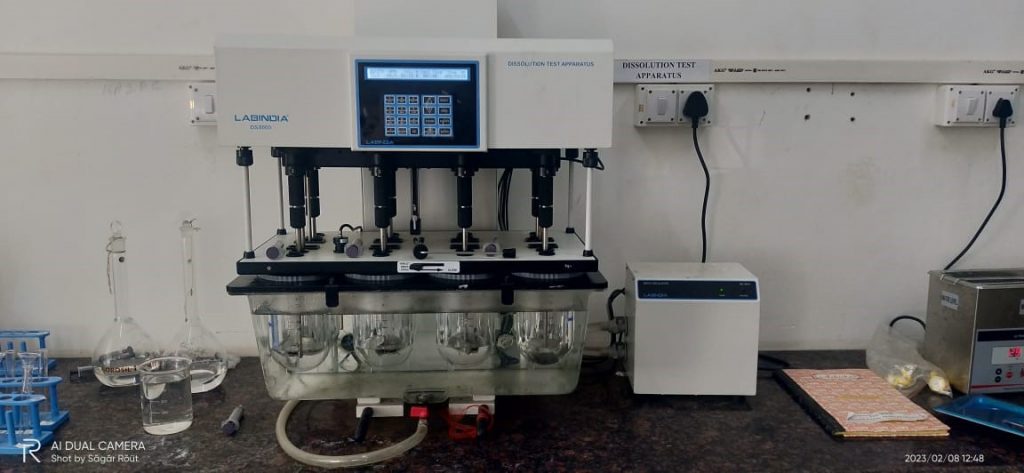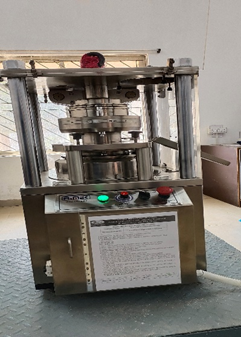Wood Engineering Production Centre
Genesis
Centurion University’s focus and DNA since inception has been on hands-on, experiential-based learning through strong industry involvement and live production environments, which has ensured a placement rate of over 80 per cent for its vocational trainees into jobs across the country in more than 120 companies.
In 2010 Centurion University introduced Centurion Vocational Qualification Framework (CVQF), which recognized prior learning experience and allowed it to be converted into credits for absorption and vertical upward movement in the formal education system.
The unique skill-integration education system and its extensive hands-on approach culminated in Centurion University being awarded the status of ‘Skill University” by the Government of Odisha in 2017, and in 2019 “Centre of Excellence” by the Ministry of Skill Development & Entrepreneurship, Government of India.
The Wood Engineering Unit was established in 2016 to provide this hands-on vocational skill experience to all its students, who would like to pursue this profession as an employment mode or hobby. Besides the experiential learning for all incumbent students, this Unit very quickly became an exceptionally attractive platform for providing employment-linked training for differently-abled youth.
Centurion University has been registered under the Persons with Disabilities (PWD) Act 1995 in 2016, the year when the Wood Engineering Unit was established. The differently-abled students were offered the choice of employment-linked vocational training in wood engineering, apparel manufacturing and coffee brewing, and then the Café Coffee Day Unit. Centurion University has trained and placed 650+ differently-abled students through these three labs.
Aims and Objectives
The aim of these hands-on workshops and labs is to provide real-life experience to the students to enable them to take this as a job or base for nano, novo, or micro-entrepreneurship. The Wood Engineering Unit has been equipped with state-of-the-art machinery and infrastructure with which the students learn to make innovative and market-ready highly qualitative products.
First, as a Skill University, the first goal is to make the students ready to be productive and economically self-sufficient by increasing and enhancing their employability skills. Second, Centurion University endeavours to become self-sufficient in as many aspects as possible by encouraging in-house production as per requirement.
Products/ Services Available
To begin with, Centurion University has taken care of the majority of in-house requirements as can be seen from the photographs. Besides the production for in-house requirements, the Wood Engineering Unit also manufactures furniture on order for other institutions in the open market.
Benefits
The skills learned in the Wood Engineering Unit have changed the lives of many youths and their families, especially the differently-abled (hearing impaired) students who, with the help of the acquired mastery of these skills could earn their livelihoods with dignity. The Unit is called ‘wood engineering’ and not just a ‘carpentry workshop’ because what the students learn here is much more than basic carpentry skills. They learn to design, adapt, innovate and produce modern, need-based futuristic furniture, which not only is high in demand in the market but also provides the means of the highest satisfaction and confidence to the students.
Future goals
The Wood Engineering Unit is leading the way to creating employability/ employment/ entrepreneurship/ enterprise management in an all-inclusive environment using hands-on knowledge, experience-based learning and practice-linked pedagogy.
Adherence to SDGs
Every Unit in Centurion University including the Wood Engineering Unit works hard to maximise the use of the existing resources and minimise waste with its innovative methods and infrastructure. This Unit has worked on various ways to upcycle waste material into exciting and practical designs of furniture for in-house use as well as for the market. The future lies in reducing waste and ensuring that every effort applied is towards the sustainability of the planet.
